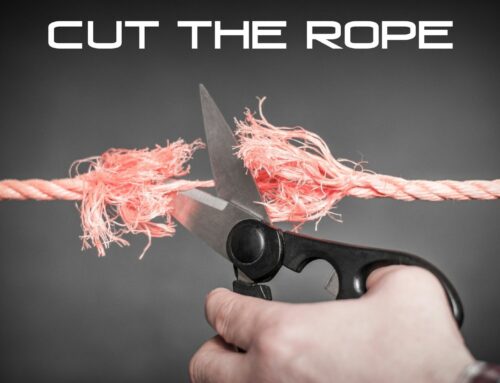We are excited to have a post from our very own Jen Mark! Keep an eye out for more content from her as well in the coming weeks!!! You can also check out her website at www.jenkmark.com! And now…the article!
Often feet are considered our foundation. Many of us have had some sort of foot or ankle injury in our lifetime. Feet and ankles play such a big roll in stabilizing us, getting us around, and any dysfunction here can cause a chain reaction right up the whole body.
When we talk about the arch of the foot, we mean the “in-step” or the structures between the heel and big toe. It’s actually a series of bones that create the arch. Under the bones are muscles and ligaments that allow for movement. We want a happy balance of movement and stiffness in the foot. The movement allows for shock absorption. The stiffness allows you to be stable on your feet without excessive movement from the bones above. When you walk, you should have some pronation, movement of the arch. But only a little bit. You should also toe-off from your big toe.
If you are lucky enough to have a “neutral gait” your chances of injury are less. Gait means the way you walk or run. Your arch moves only enough to provide shock absorption. The bones in the lower leg are able to move properly, allowing the muscles to work at their optimal function and strength.
Most people, however, have too much pronation. Their arch collapses too much, giving shock absorption, but causing the bones in the lower leg and foot to move too much as well. When the bones move without support, the muscles are over worked and over stretched. This is where so many problems start. This can cause a lot of “shin splints” on the inside of the leg, foot and knee pain. Over pronation happens when the foot is too flexible.
Similarly, feet that are too rigid, cause the arch to not move enough. The lack of shock absorption here can really cause foot pain, “shin splints” on the outside of the leg, and hip pain. I put shin splints in quotes because it generally means muscle strain. Either the Tibialis Posterior or Anterior are over stretched and have minor tearing.
The entire running shoe industry has been built on these foot types. And choosing the right running shoe can take time. Running shoes are great for running, walking, working out in the gym, and anything except court sports or aerobics. They offer no lateral support for side to side movements but are fantastic for supporting the foot through a forward motion. Orthotics work in a similar way. Most people wear orthotics to help support the arch that is too flexible. The shoe and the orthotic need to complement each other, because there is such a thing as over supporting. Remember the arch needs to move a little bit for shock absorption.
So, how do we create strength in the foot that is too flexible? How do we stretch out a tired or overly rigid foot? Check out the video for easy to do exercises that you can do at home. I really believe that anyone who plays a sport or stands on their feet a lot needs to be doing these exercises multiple times a week. I have added the standard ankle strengthening exercises as well. Strong ankles will certainly take the pressure off the foot! The two areas are very dependent on each other.
Having good movement and strength in the feet and ankles is excellent for avid walkers, runners, hockey players, soccer players, nurses, teachers, and everyone in between!



